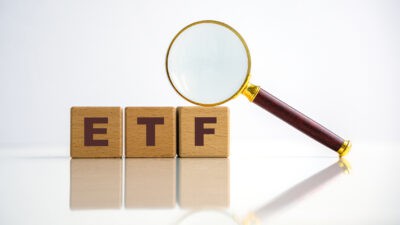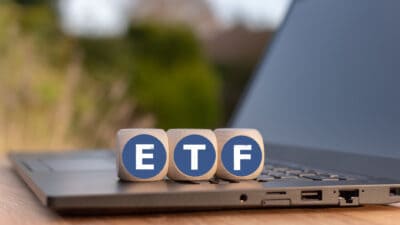The Vanguard Australian Shares Index ETF (ASX: VAS) is the most popular index fund on the ASX today. There could be many reasons for this fact. Australian investors might appreciate the Vanguard brand. Or else, this exchange-traded fund (ETF)'s relatively low management fee.
But most investors that choose to put their money in an ASX index fund, VAS or otherwise, do so simply for the ease of access to a broad swathe of ASX shares. Almost every ASX index fund covering the Australian share market tracks either the S&P/ASX 200 Index (ASX: XJO) or the S&P/ASX 300 Index (ASX: XKO).
This means that they offer exposure to either the largest 200 shares on the stock market, or the largest 300.
In the Vanguard Australia Shares ETF's case, it is the latter.
ASX shares have historically delivered healthy capital growth to investors. But they have also delivered hefty and franked dividend income. In fact, data shows that the majority of the returns that ASX investors have historically enjoyed from our share market have come from dividends.
This makes sense. Most of the top stocks on the Australian share market, whether that be BHP Group Ltd (ASX: BHP), Commonwealth Bank of Australia (ASX: CBA) or Telstra Group Ltd (ASX: TLS), are mature dividend payers that have been prioritising shareholder income for decades.
With that in mind, some investors might wonder what sort of dividend income they could expect if they invested in the Vanguard Australian Shares ETF today. Well, let's explore that question.
VAS ETF: What kinds of dividends can VAS investors expect?
The first thing to note is that the dividend income that the Vanguard Australian Shares ETF pays out can vary from year to year.
As an index fund, VAS can only pay its ASX investors what it receives in dividends from its underlying holdings. So, if the likes of BHP, Telstra and the ASX banks have a dry spell when it comes to dividends, so too will VAS.
One perk of owning VAS units as an ASX income investment is this ETF's payment schedule. Unlike most ASX 200 shares, VAS pays out quarterly dividend distributions rather than the usual six-month timeframe that other ASX shares adhere to.
But let's get down to that dividend yield.
So over the past 12 months, the Vanguard Australian Shares ETF has forked out four dividend distributions. Incidentally, the latest of these will be paid out later this week on Wednesday (16 October). These four distributions amount to an annual total of $3.27
At the time of writing, VAS units are trading for $102.35 each. At this pricing, this index fund is trading on a dividend yield of 3.2%.
But remember, this ETF's dividend distributions don't tend to be too consistent from year to year. Over the 2 months to October 2023, investors received a total of $3.50 per unit in annual dividend distributions. The period before that saw a whopping $6.30 per unit. This is something for income investors to keep in mind going forward.








